1. Wood Decking
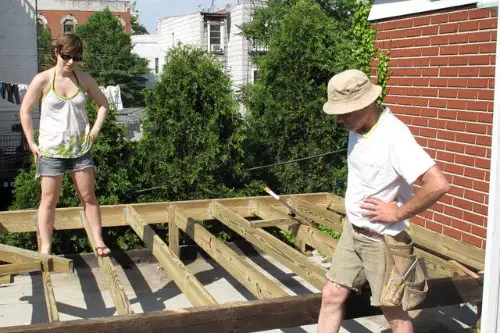
Natural wood decks—especially cedar or redwood—look stunning when they’re new. They bring a warm, organic vibe to any patio setup, and they’re relatively easy to install. But wood is extremely vulnerable to the elements: sun, rain, snow, and humidity will all take a toll. If you don’t keep up with sealing and staining every year or two, the wood will fade, warp, or even rot.
Splinters are another unpleasant surprise as the wood weathers, especially in high-traffic areas. Insect damage, like termites or carpenter bees, can compromise the structure over time. And once boards start cupping or cracking, repairs get costly and time-consuming. What starts as a rustic retreat can quickly become a splinter-filled eyesore.
2. Pea Gravel
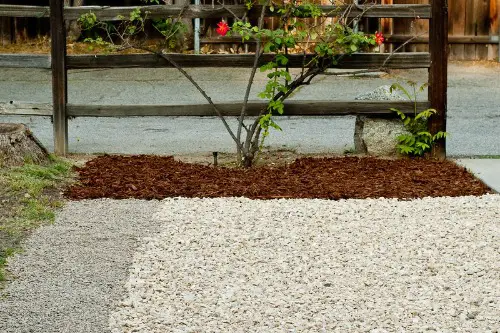
At first glance, pea gravel patios feel rustic, charming, and budget-friendly. The small, rounded stones look tidy and offer decent drainage, which makes them appealing to DIYers. But give it a season or two, and you’ll start noticing the problems—like how the gravel shifts constantly and ends up everywhere. It’s not the most stable surface for furniture, and it’s a nightmare for anyone wearing heels or trying to roll a cart.
Over time, you’ll also have to regularly replenish areas where the gravel thins out or migrates. Weed growth can be another issue, especially if the underlying fabric wasn’t installed properly. And if you live in a snowy area, forget about efficient snow removal—shoveling pea gravel is nearly impossible without displacing half your patio. It’s high-maintenance in disguise.
3. Concrete Pavers
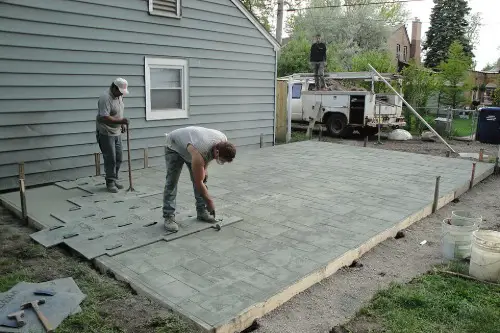
Concrete pavers offer a clean, modern look and come in all kinds of patterns and colors. Initially, they’re praised for being durable and relatively easy to replace if one gets damaged. But over time, they’re prone to uneven settling—especially if the base wasn’t compacted properly. This leads to an unlevel surface that’s both unsightly and a tripping hazard.
Weeds love to sneak up between the joints, and keeping them out requires constant attention. In cold climates, freeze-thaw cycles can cause the pavers to shift and crack. Their color can also fade with sun exposure, turning vibrant patios into dull gray ones. And resealing them to preserve the look is a recurring chore most people don’t realize they’re signing up for.
4. Brick
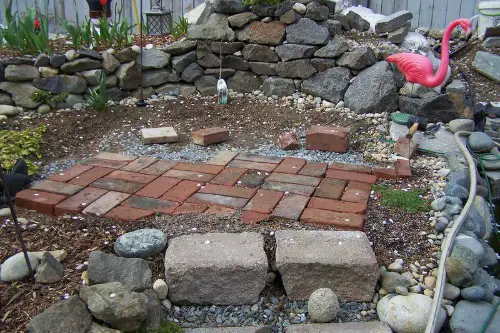
Classic brick patios look gorgeous at first, bringing old-world charm and character to outdoor spaces. They’re also relatively eco-friendly and breathable, which helps with drainage. But bricks are porous and can absorb water, leading to moss and mildew growth in shaded or damp areas. They also have a tendency to crack or chip with time and temperature changes.
Like pavers, bricks can settle unevenly, especially in climates with frost heave. Ants and other insects love the gaps between bricks, and they’ll take full advantage if you’re not sealing regularly. Mortar joints can also deteriorate, requiring repointing or repair to keep the patio safe and intact. It may look timeless, but it needs way more upkeep than people expect.
5. Stamped Concrete
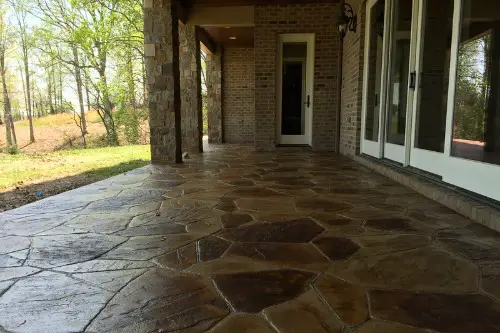
Stamped concrete can mimic pricier materials like stone or tile at a fraction of the cost. It looks sleek, polished, and modern right after installation, which makes it very tempting. But the finish is only skin-deep—it’s just a decorative layer on top of regular concrete. And once cracks form (which they will), repairs are nearly impossible to match.
Unlike individual pavers, a crack in stamped concrete means replacing a large area or living with the damage. The sealer that protects the surface wears down over time and needs to be reapplied every few years. Without it, the surface can stain or fade quickly, especially in sunny or rainy climates. And because it’s one solid slab, it doesn’t handle ground movement well.
6. Crushed Stone
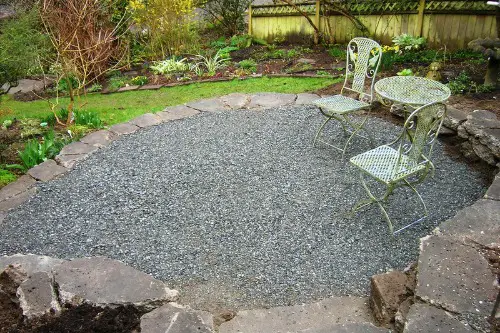
Crushed stone patios are another popular budget pick, and they can look pretty sleek when freshly raked. They’re great for drainage and can create a natural, earthy feel in the right setting. But much like pea gravel, the stones shift constantly and never stay level. Chairs wobble, and kids or pets can easily scatter the material into your lawn or garden.
Dust can become a real issue in dry climates, while mud can form underneath in wetter regions. Weed growth is inevitable unless you’re hyper-diligent with landscaping fabric and upkeep. And walking barefoot? Not pleasant at all unless you enjoy getting stabbed in the foot.
7. Composite Decking
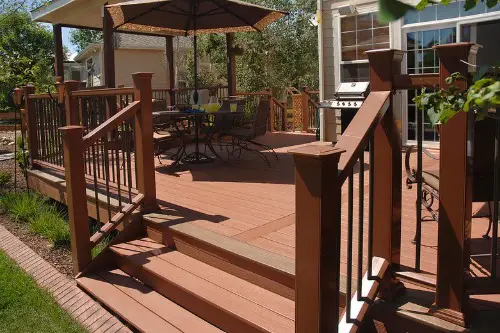
Composite decking promises the look of wood without the high maintenance, which sounds ideal on paper. It’s made from a mix of plastic and wood fibers, and it resists rot and insects better than natural wood. But many homeowners are surprised by how quickly the surface can fade or stain—especially from grill grease, sunscreen, or spilled drinks. And once it fades, there’s no real way to refinish it.
Heat retention is another major downside—on hot days, composite decks can get scorching underfoot. They can also become slippery when wet, depending on the brand and finish. While the boards themselves don’t warp as easily as wood, the structural frame underneath still can. You might be trading one kind of maintenance for another.
8. Tile
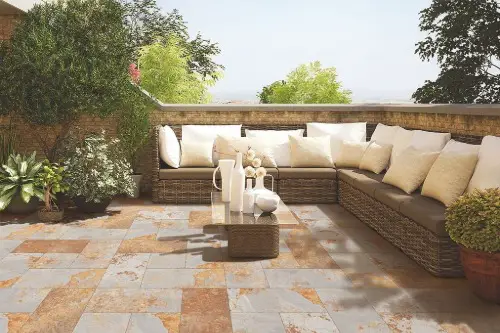
Outdoor tile patios look sleek, polished, and high-end when first installed. They’re especially popular in warm, dry climates where frost isn’t a concern. But in places where it does freeze, tile is a gamble—freeze-thaw cycles can cause cracking, especially if the tile or grout isn’t rated for outdoor use. Even a little moisture can seep underneath and lead to lifting or popping.
Grout lines are another pain point—they stain, crack, and harbor moss or weeds over time. Tiles can also be dangerously slick when wet, making them risky around pools or in rainy areas. Replacing broken tiles isn’t always easy, either—matching styles can be tricky if the original line is discontinued. What starts as elegant can quickly become a patchy, slippery mess.
This post 8 Patio Materials That Look Great at First—Then Start Falling Apart was first published on Greenhouse Black.
